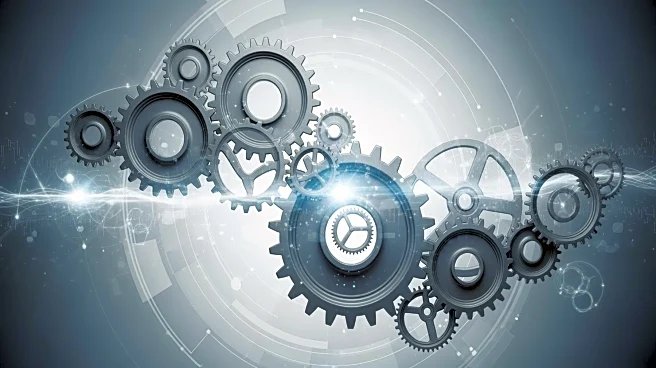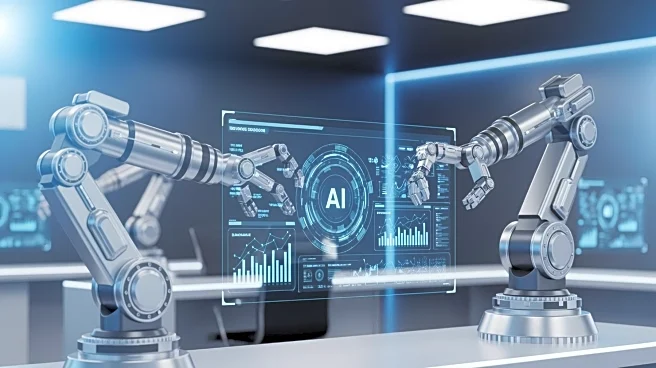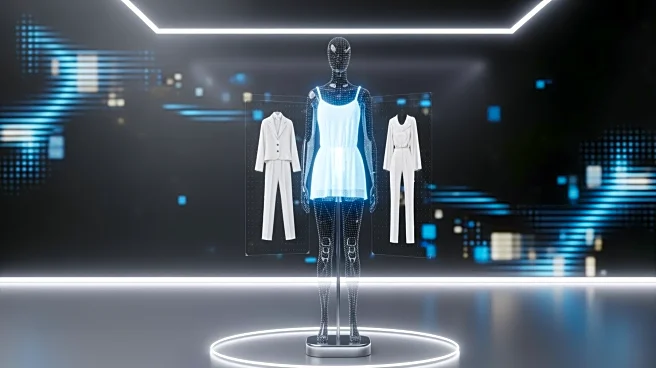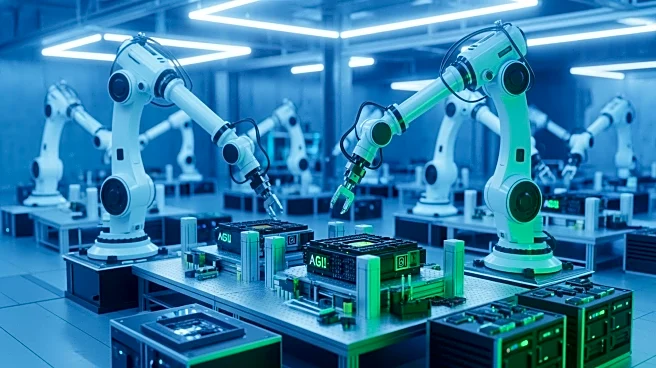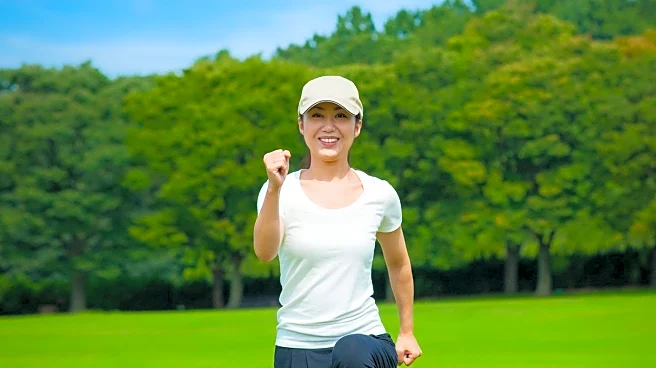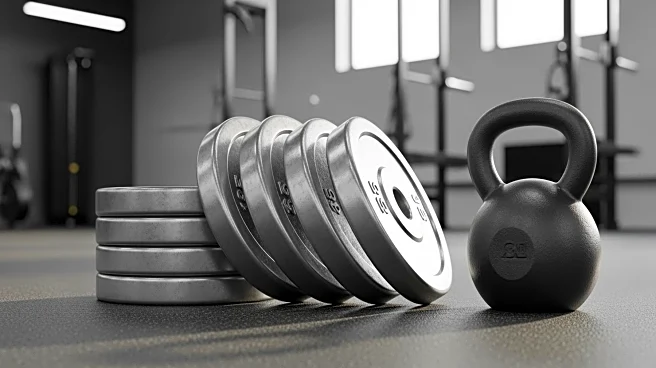What's Happening?
A recent study has introduced a novel approach to kinematic modeling of musculoskeletal systems, focusing on the impact of muscle inertia on joint dynamics. The research explores various geometric models that represent potential muscle shapes and configurations
in relation to their corresponding joints. By incorporating switch functions, the study aims to accurately reflect muscle behavior under different conditions. These functions are crucial as they allow the model to adapt to changes in muscle shape and joint angles, providing more precise predictions of musculoskeletal behavior. The study emphasizes the importance of considering muscle inertia and geometry in modeling to improve the accuracy of dynamic load and stability estimates.
Why It's Important?
This research holds significant implications for fields such as biomechanics, physical therapy, and sports science. By providing a more accurate model of muscle and joint interactions, it can enhance the understanding of human movement and improve the design of rehabilitation programs. The ability to predict musculoskeletal behavior more accurately can lead to better injury prevention strategies and optimized athletic performance. Additionally, this modeling approach could inform the development of more effective prosthetics and orthotics, benefiting individuals with mobility impairments.
What's Next?
Future research may focus on refining these models to include more complex muscle-tendon interactions and exploring their applications in clinical settings. There is potential for collaboration with medical professionals to integrate these findings into practical tools for patient assessment and treatment planning. As the models become more sophisticated, they could also be used in virtual reality simulations for training purposes in medical and sports environments.
Beyond the Headlines
The study's approach to modeling muscle inertia and geometry could lead to broader applications in robotics and artificial intelligence, where understanding human movement is crucial. By mimicking human musculoskeletal dynamics, robots could achieve more natural and efficient movements. This research also raises ethical considerations regarding the use of such models in enhancing human capabilities, potentially leading to debates on the limits of human augmentation.
